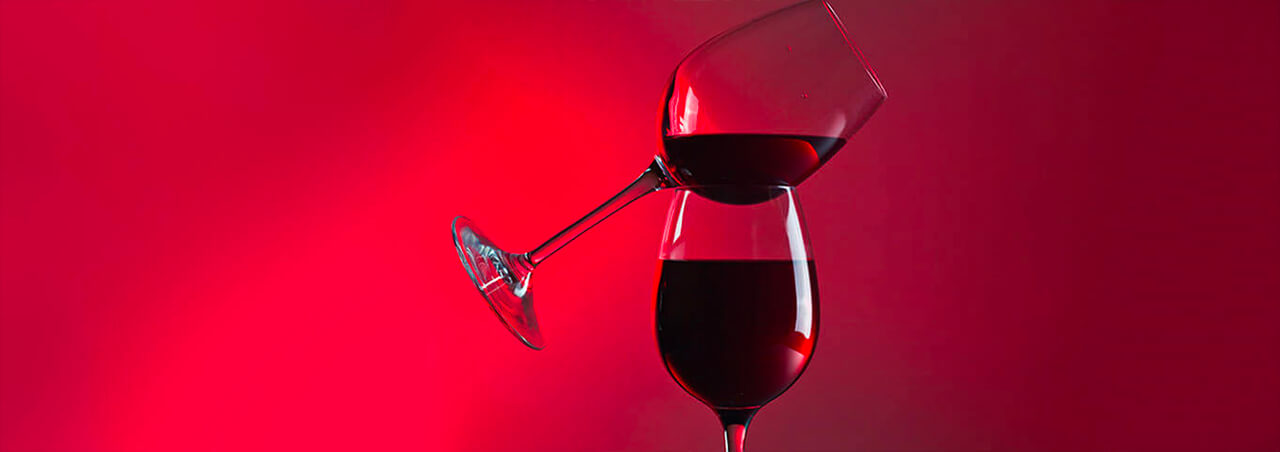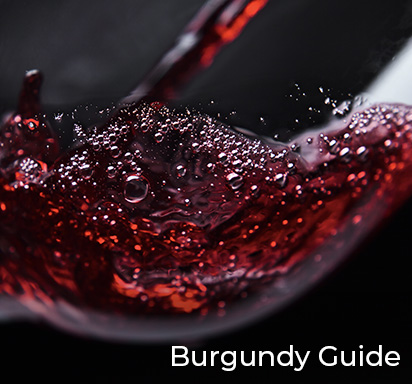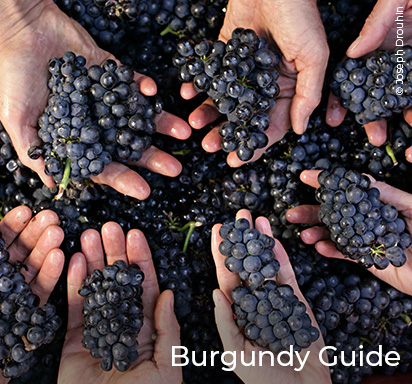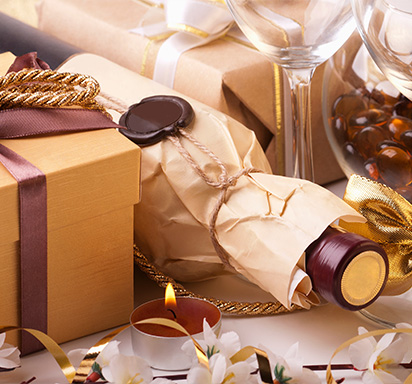Wine Ounces | How many ounces in a glass of wine ?

So, you’re planning a dinner with friends and doing “wine bottle math” to figure out how many bottles to buy? In this article, we will delve deeper into the volume and serving size of our favorite drink.
You’re at a restaurant, asking yourself about how many glasses of wine in your wine bottle and whether it makes sense to order a bottle or just go by the glass? Or, maybe you’re drinking a nice glass of red wine or white wine after a long week and keeping track of alcohol intake. In this article, we will delve deeper into the volume and serving size of our favorite drink.
We take a closer look at how many ounces there are in a glass of wine, how many pours a standard bottle holds, and how many ounces constitutes the standard pour. We also consider different kinds of wines and how the ounce number changes with alcohol content and style.
BOTTLE FORMATS AND THEIR CORRESPONDING VOLUMES
First and foremost, when speaking of volume and wines, it is important to consider the various wine bottle formats. Wine bottles come in a wide range of sizes, out of which the most common is the standard wine bottle, at 750mL or 0.75 liters or 25.4 fluid ounces.
Formats that are smaller than this standard format include the 187.5 mL “Split” bottle and the 375mL “Half-Bottle,” which constitute one fourth and one half of a standard bottle format, respectively.
Formats that are larger than the standard 0.75mL bottle are referred to as Large Format bottles, and at Millesima USA we have one of the largest collections of these rare formats in the country. They include the 1.5 L (50.7 ounce) Magnum, which holds two standard bottles and the 3L (101.4 ounce) Double-Magnum which holds four standard bottles. The 4.5L (152.1 ounce) Jeroboam holds 6 standard bottles.
The 6L (202.9 ounce) Imperial holds 8 standard bottles. The 9L (304.3 ounce) Salmanazar holds 12 standard bottles. The 12L (405.8 ounce) Balthazar holds 16 standard bottles. And the magnificent 15L (507.2 ounce) Nebuchadnezzar holds a whopping 20 standard bottles.
These wines are designed for life’s most special celebrations. For the remainder of this article, we will refer to the standard bottle of wine, at 0.75 mL, when referring to a “wine bottle.”
WHAT IS THE TOTAL VOLUME CAPACITY OF A STANDARD WINE GLASS?
Next, let’s talk standard bottles and glasses of wine. While red wine glasses vary in size and shape, the standard red wine glass holds 12 to 16 fluid ounces (or 360mL to 473 mL) of wine at its total capacity. White wine glasses also vary considerably, but the standard white wine glass holds 12 fluid ounces (or 360mL) of wine. This means that technically you could pour almost all of your bottle of wine into just two glasses. But that’s pretty excessive, so maybe you shouldn’t.
HOW MANY FLUID OUNCES IN THE STANDARD WINE POUR?
Rather than dunking your entire bottle into two glasses of wine, we recommend serving the standard pour size. This limits the alcohol level to what is recommended by the FDA, USDA and the CDC guidelines. It also gives you space in the glass to swirl the wine, allowing it to better reveal its full bouquet of aromas. In the United States, the standard serving is a 5 ounce glass of wine (or 147 mL).
This means that the standard bottle holds five 5-ounce glasses of wine. A magnum bottle holds 10 glasses of wine. A double-magnum bottle holds 20 glasses of wine. You get the idea…
VARIATIONS TO THE STANDARD POUR, BASED ON WINE STYLE
The standard glass of wine portion served will vary from one country to the next, with different norms in U.S., England and France for example. The standard pour will also depend on the style and, most important alcohol content (ABV) of the wine served.
The recommended serving size for most low alcohol wines like rosé wine, vinho verde, Pinot Grigio, Beaujolais and some Pinot Noir (with an ABV of 5%-12%) will range between 6-11 ounces (or 177.4 to 325.3 mL). This amounts to 2 to 4 servings in a standard bottle. Higher alcohol wines like a Bordeaux wine, Shiraz and Zinfandel (with an ABV of 13%-15%) will generally be served in a 4.5 to 5 ounce pour (or 133.1 to 147.9 mL). For these wines, one bottle contains 5 to 6 servings.
As for high-alcohol fortified wines like Port, Madeira or Shery (with an ABV of 16% to 20%) the portion is smaller still, between 1.5 to 2 ounces (44.3 to 59.1 mL).
Sparkling wines like Champagne, Cava and Prosecco usually have an ABV between 12% and 13.5% and are served in 4 to 4.5 ounce pours. Meanwhile, sweet white wines with a relatively low ABV of 8% to 13% are served in 3 ounce pours because of their sticky sweetness.
When trying to figure out how many ounces of wine to serve, make sure to first consider the style and alcohol content of your wine.
WHY IT HELPS TO KNOW YOUR WINE MATH
If you have gotten to the end of this article, you might be asking yourself “But why is it important for me to know about wine ounces and wine standard pours?” Simply put, wine math helps when trying to figure out how to plan for a wine tasting experience, like a dinner or party. As the average per-person consumption of wine at an event is 2 glasses, we recommend having enough wine for 3 glasses per person, just to be safe. If you have 5 guests, for example, the wine math will be: 6 people (including you) x 3 standard pours x 5 ounces of wine = 90 ounces of wine needed
This means 3.54 standard bottles (rounded up to 4 bottles) or 1.7 Magnum bottles (rounded up to 2 Magnum bottles). Keep in mind, that this quantity will have to be adjusted depending on the style of wine you serve. In other words, it might have to be increased if you are serving a light wine with low alcohol or decreased if you are serving a wine with high alcohol.
ANY QUESTIONS ABOUT WINE/BOTTLES? WE WOULD LOVE THE CHANCE TO ANSWER THEM!
Still have questions about ounces in a standard red or white wine pour? Or maybe you would like some help calculating the amount of wine you will need for an upcoming soiree? Do not hesitate to reach out to our team by email or phone, or stop by at our boutique in New York and we will be happy to assist you in person. Our expert team is at your disposal, ready to help you with all of your fine wine needs.
You may like
Discover the Rhône Valley, a haven for wine lovers! Explore its storied terroirs, iconic appellations, and diverse grape varieties like Syrah, Grenache, and Viognier. Unveil wines to savor and cherish!
1/21/2025In this Guide, discover Austria’s top wine regions, grape varieties like Grüner Veltliner and Riesling, and some exquisite food pairings. Find out more on Austrian wines and why you should add them to your cellar.
1/14/2025Explore the Loire Valley, one of France’s most famous wine regions. Learn about its renowned appellations and grape varieties like Sauvignon Blanc, Chenin Blanc, and Cabernet Franc.
1/9/2025Discover the taste of Burgundy wine with flavors from Pinot Noir and Chardonnay. Explore the influence of terroir, the difference between Village, Premier Cru, and Grand Cru wines, and ideal pairings.
10/16/2024Burgundy, France, is famed for its exceptional wines, primarily crafted from Pinot Noir and Chardonnay. Explore the region’s diverse wine types, from Grand Cru to regional varieties, and discover its unique terroir.
10/14/2024Explore our top 8 wine gift ideas for any occasion! From iconic Champagnes to age-worthy reds, these selections are sure to impress. Perfect for birthdays, holidays, or just because, with delivery right to their doorstep.
9/24/2024
















